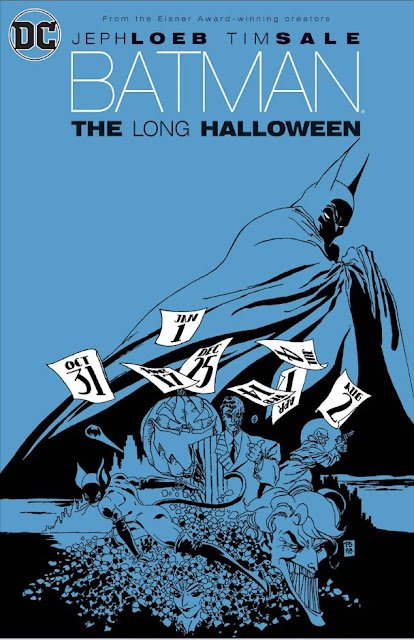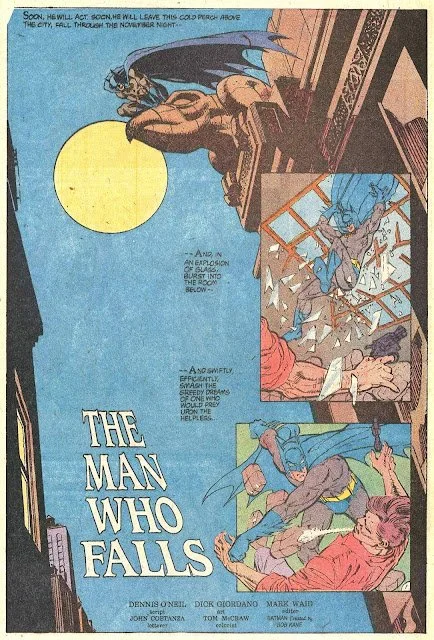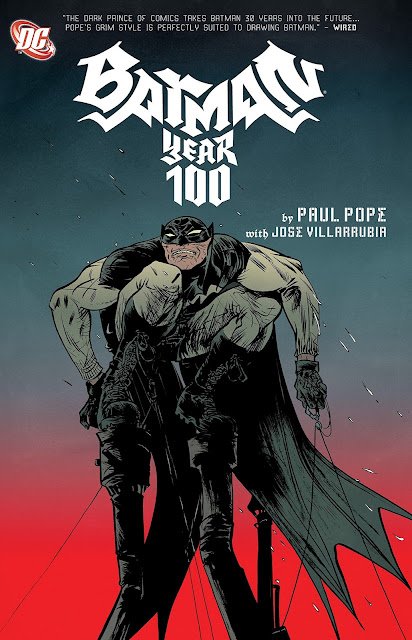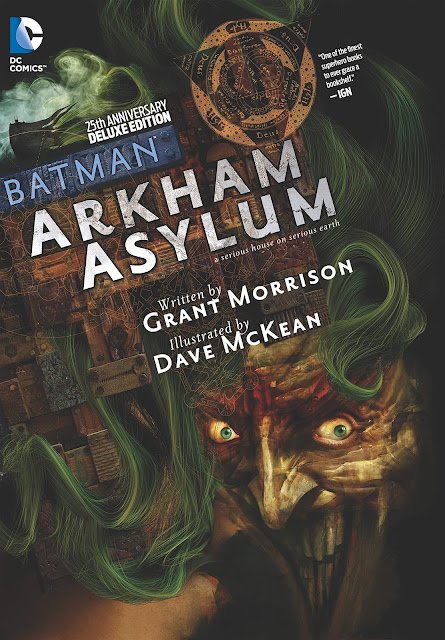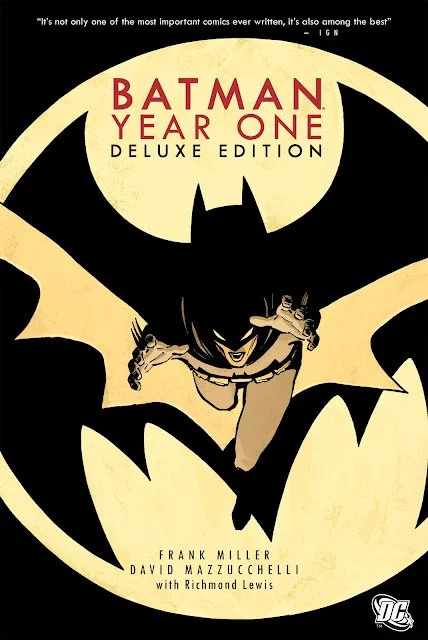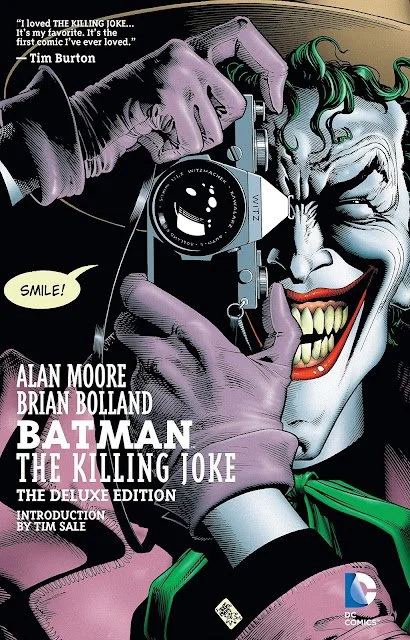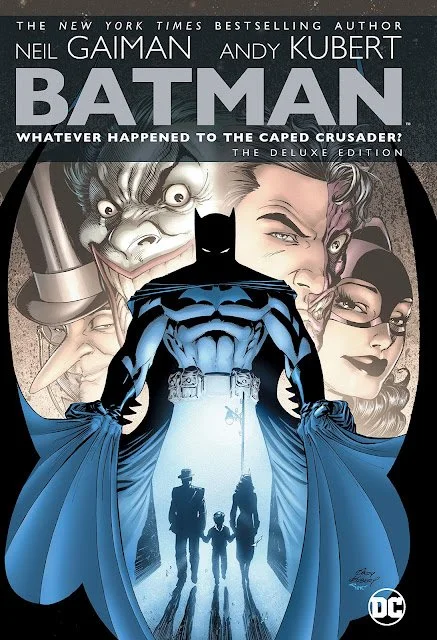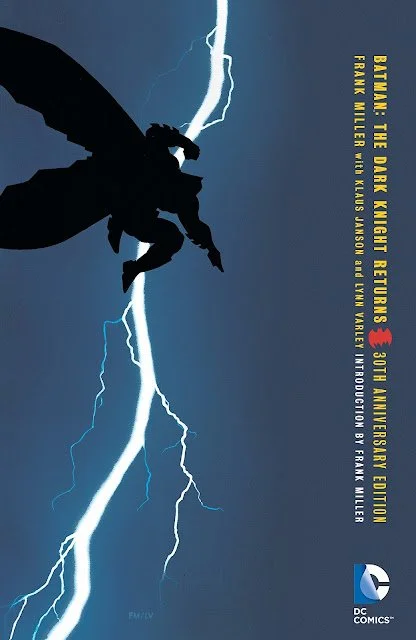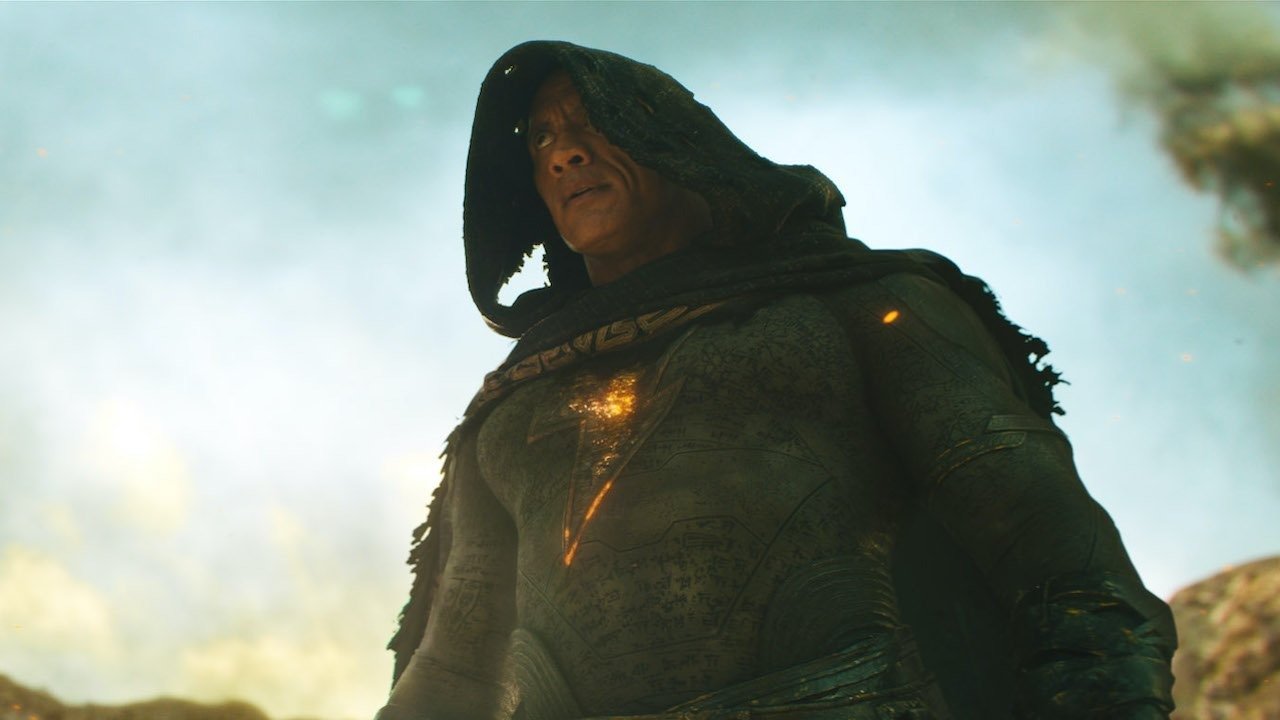The 10 Must Read Batman Comics
Batman is one of the most relevant characters in popular culture. He crossed the threshold of comic books and became an iconic figure. The box-office and critical success of Matt Reeves latest film, The Batman (2022), only proves the continuing relevance of this character since his creation.
Batman was created by Bill Finger and Bob Kane in 1939 as part of the magazine Detective Comics No. 27 launched at the time by National Publications. Its foundational story was The Case of the Chemical Syndicate, in which this hooded character whose symbol is the bat fights against a chemical entrepreneur who was killing his partners in order to take over the business.
RELATED:
Throughout the decades the character mutated and was revised by a multitude of writers and scriptwriters. He went through periods of rise and decline, until in the seventies he acquired a more mature tone thanks to Dennis O'Neill and Neal Adams and finally settled in the eighties, mainly thanks to Frank Miller.
Here is a list of 10 great comics to delve into the universe of the Dark Knight:
The Long Halloween (1996):
This voluminous comic is one of the most relevant in the history of the character. Told by the pen and ink of Jeph Loeb and Tim Sale, it tells the story of an assassin who mysteriously kills only on celebratory dates. It is set in a Gotham ravaged by corruption and the mob. There is a Batman whose not only detective side is explored, but also his relationship with Commissioner Gordon, Catwoman and Carmine Falcone with a depth rarely seen before in the previous incarnations. It is one of the comics that most marked and innovated the character.
Batman Black And White (1996)
The best writers and artists of the nineties were summoned for this project: short Batman stories, each one with its own particular style but with one condition as the title indicates: they must be in black and white. There are some of higher quality, others of lesser, but for the most part it is interesting how the different sides of the character are explored. There are many Batmans, but I think that his essence is well understood in all of them.
The Man Who Falls (1989)
Dennis O'Neil was key in giving Batman the more adult and modern form that would later be established mainly by Frank Miller. In this very short comic drawn by the also legendary Dick Giordano, Batman's origin is told in a beautiful and synthetic way. It narrates his life as a boy, the murder of his parents and his formative travels to later return to Gotham and become Batman. It was one of the comics that inspired Nolan for Batman Begins (2005).
Batman: Year 100 (2006)
Paul Pope is a well-known comic book writer within the Underground genre. In his version of the Dark Knight, written and drawn by him, he takes Batman to a decadent cyberpunk future in the year 2039 in which Gotham is almost a police state and Batman is a blurred figure from the past who mysteriously returns. Both Gordon and the feds search for him, in an adventure that ends up being raw, cyberpunk and dystopian.
Arkham Asylum: A Serious House On Serious Earth (1989)
Another of the great writers of comics is Grant Morrison. And here he teams up with another of his greatest illustrators, Dave McKean, to deliver one of Batman's darkest and most psychedelic comics. The Dark Knight is informed that the Arkham patients have taken over the building and are going to kill the staff if Batman doesn't meet with them. He must walk the long and twisted corridors of the asylum, facing the Joker, the Scarecrow, Black Mask, Two-Face and his own unconscious self in order to emerge victorious. This comic book also serves as the main influence for the Arkham Asylum video game series.
Batman: Year One (1987)
Frank Miller wrote one of the fundamental comics in the history of the Caped Bat. Together with the great artist David Mazucchelli, they tell the story of a Batman who is just learning, taking his first blows in a raw and merciless Gotham. There is a noir tone that runs through the story in both the drawing and the script, giving it an exquisite elegance and atmosphere. And it is in some ways the definitive reversal of the origin story of such a character that both Nolan and Reeves suckled from for their respective adaptations.
The Court of Owls (2011)
One of the last to give Batman a quality authorial imprint was the team generated by Scott Snyder and Greg Capullo. The way they tell Batman's story is very well done. They create an enemy, hidden in the shadows: the Court of Owls. At this point it is difficult to create a villain in a universe with so much history and they managed to do it impeccably. It is a detective story (as it should be) and Batman is taken to the limit of his strength in the search for the truth. The dynamism of the vignettes and the intriguing script makes it gripping until the end. Several elements of his vignettes inspired The Batman (2022).
The Killing Joke (1988)
Alan Moore is one of the greatest exponents in the history of comics. His Watchmen, V for Vengeance, Swamp Thing, among many other works elevate him to a very high place. His masterpiece within the Batman universe is The Killing Joke (1988). It is a short story with multiple layers and meanings. It tells both an origin story of the Joker, his first confrontation with Batman and the brutality of his last encounter with the dark knight, whose ambiguous ending left much to think about in terms of the character's morality. Tim Burton's Batman (1989) drew heavily from this comic.
Whatever Happened to the Caped Crusader? (2009)
Neil Gaiman is another of the best current writers, both of fantasy genre books and comics. And he was one of those who brought a lot to the character in this comic as well. As he himself said in the podcast with David Tennant it was his attempt to tell "the last Batman story". And it's the Dark Knight's funeral, held in the alley where his parents were murdered. It was attended by all the characters who ever crossed paths with him, both allies or enemies. Each one has a different version of Batman's story, representing the fact that there was never a single story. The aesthetics contributed by artist Andy Kubert reflects the different stages of this character and Neil Gaiman's pen tells in depth what it means to be Batman, taken to its very essence.
The Dark Knight Returns (1986)
Another of Frank Miller's great works. It is both written and drawn by him and tells the story of a Batman who returns to his adventures after being retired for ten years. It is a Gotham more decadent than ever, with slight Cyberpunk touches. There is a supposedly reformed Two-Face, a Joker undergoing treatment and locked up in Arkham and a group of mutants whose ambition is to take over the city. Batman is forced to resume his work of justice, called by a greater impulse. One of the most powerful stories of the Dark Knight and that revolutionized the way of making comics forever.
READ NEXT:



